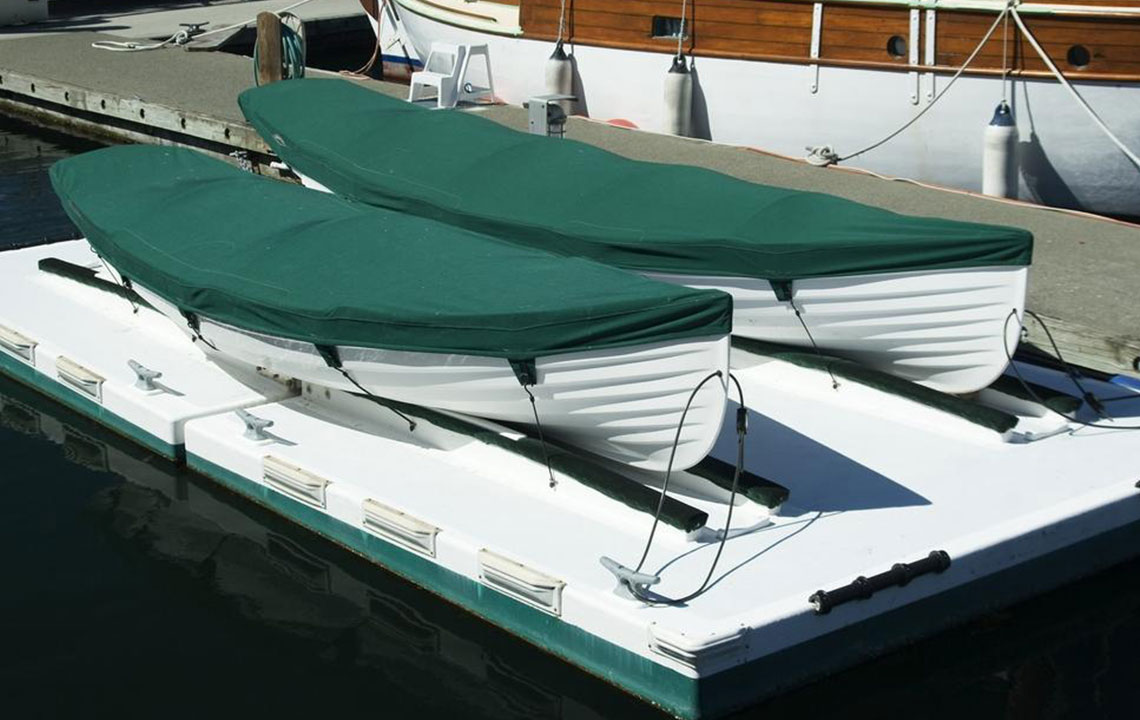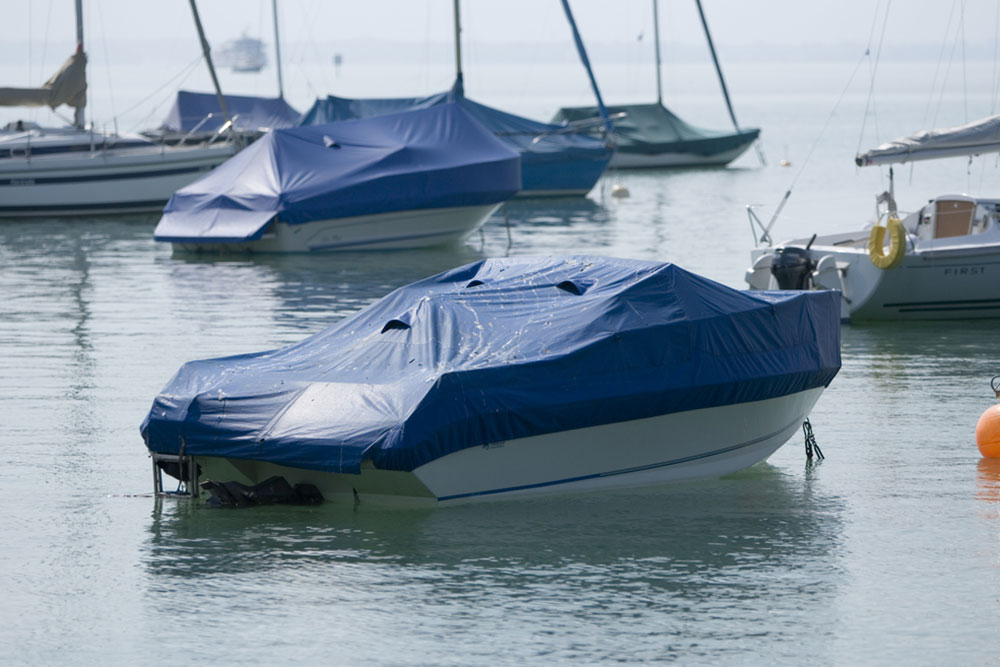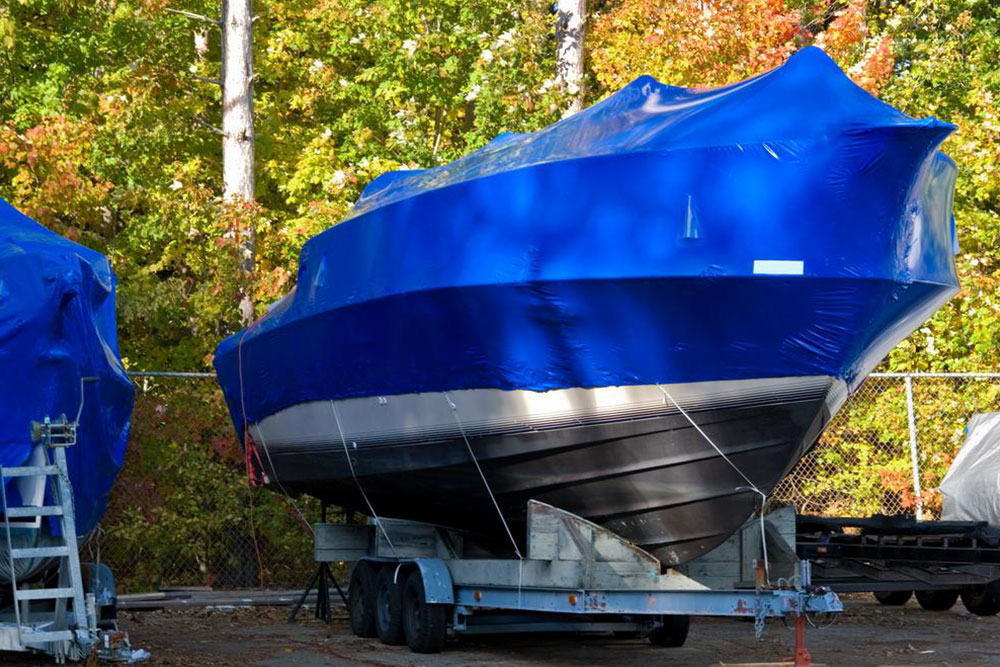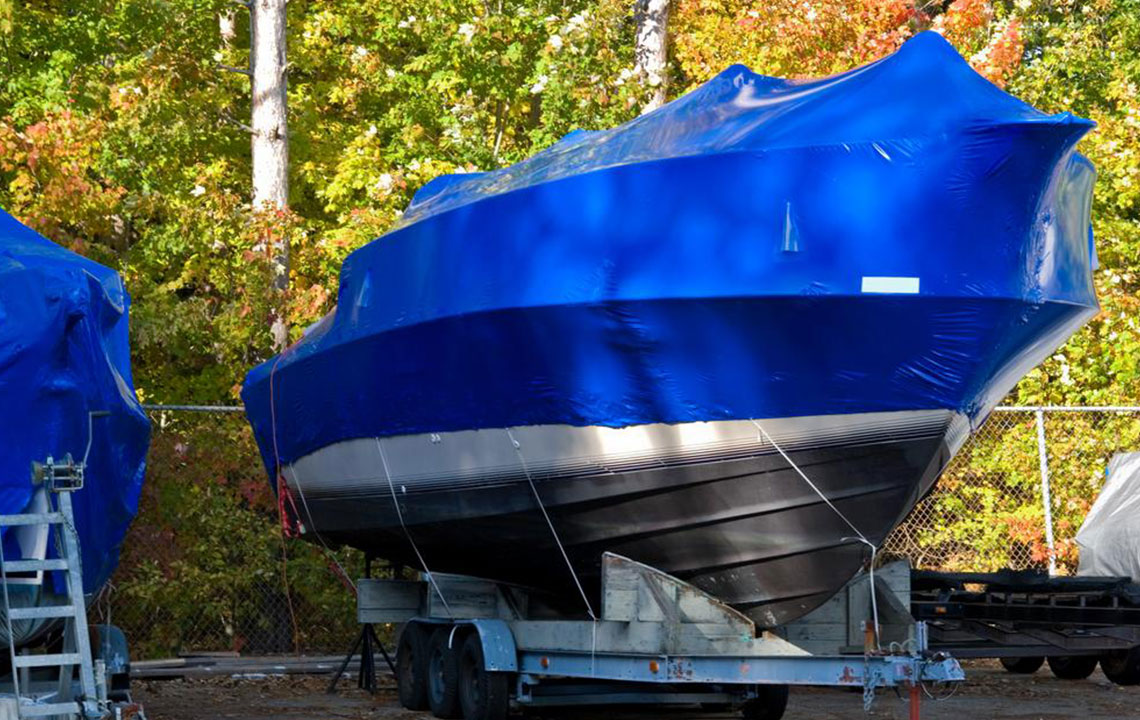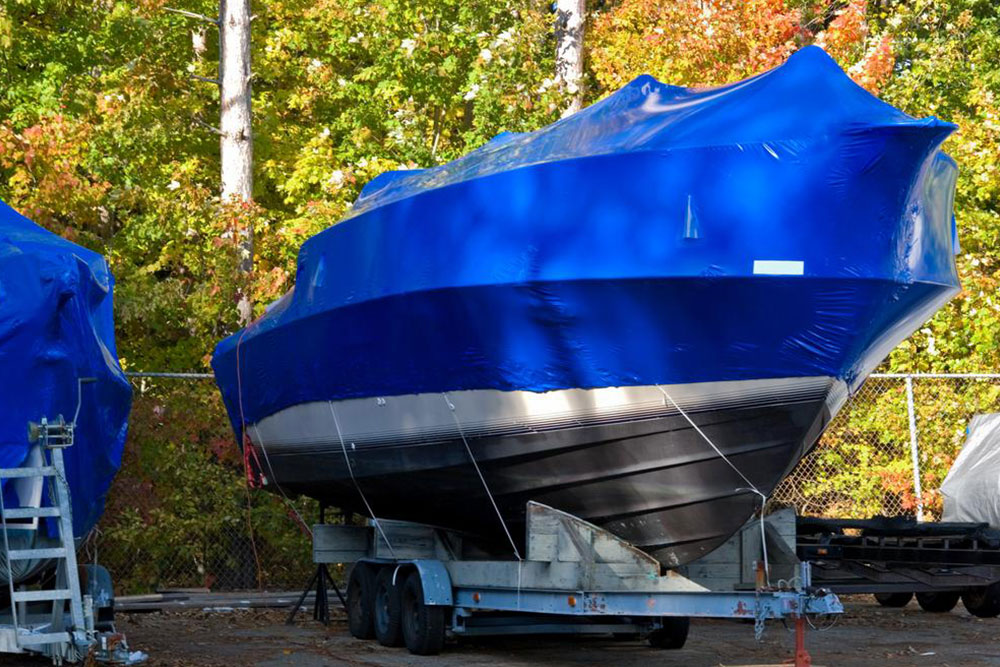Ultimate Guide to Selecting the Perfect Boat Cover for Your Vessel
Choosing the right boat cover is essential for protecting your vessel from environmental damage and prolonging its lifespan. This comprehensive guide covers different types of boat covers—custom, semi-custom, and universal—and offers practical tips on measuring, fabric selection, and maintenance. Whether you store your boat indoors or outdoors, selecting the proper cover helps prevent wear caused by UV rays, snow, dust, and storms. Investing in a quality cover ensures your boat remains in pristine condition, adds value, and reduces long-term repair costs. Discover expert advice on how to pick the best boat cover tailored to your needs.
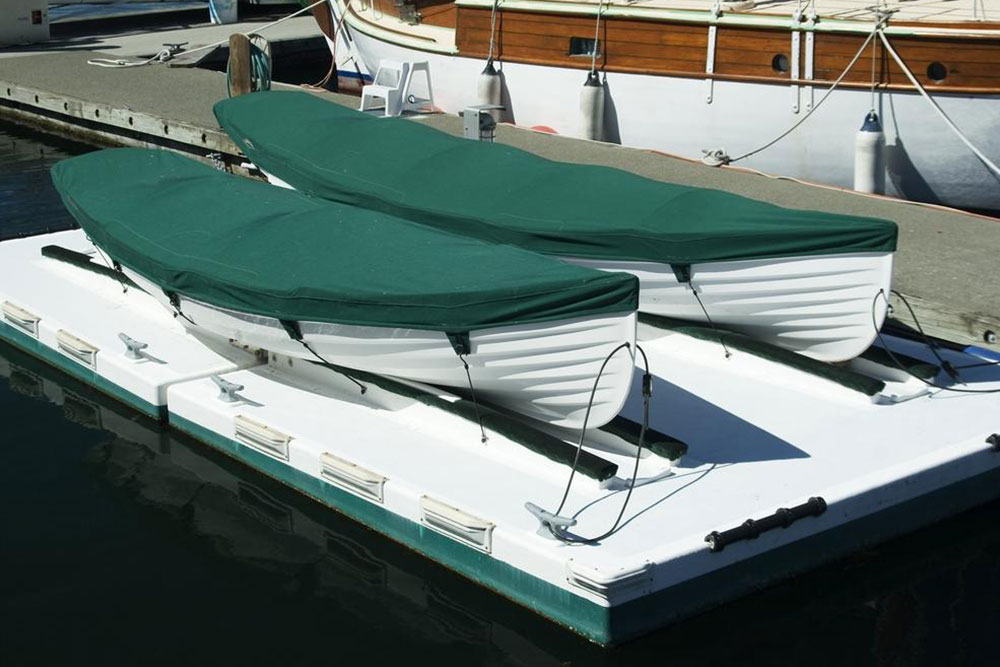
Ultimate Guide to Selecting the Perfect Boat Cover for Your Vessel
Owning a boat involves more than just navigating waters and enjoying leisure time; it requires diligent maintenance and protection to ensure longevity and performance. One of the most critical accessories every boat owner should invest in is a high-quality boat cover. A well-chosen cover safeguards your vessel from environmental elements such as harsh sunlight, snow accumulation, unpredictable storms, excessive dust, and dirt, especially during periods of long-term storage. Proper coverage prevents wear and tear, preserves the boat’s aesthetic appeal, and maintains its resale value.
Are you unsure how to pick the right boat cover? Rest assured, selecting the perfect cover is simpler than it appears once you understand the key factors involved. This comprehensive guide aims to walk you through essential tips and considerations to help you make an informed decision and ensure your boat remains protected for years to come.
Follow these expert tips to choose the best boat cover:
The first and perhaps most important step is understanding your boat's specific dimensions, model type, and typical usage patterns. These details are fundamental in choosing a cover that fits snugly and provides maximum protection.
Boat covers come in three main categories: custom-fit, semi-custom, and universal. Each type offers distinct advantages suited to different needs and budgets. Understanding these options helps you make the best choice based on your specific requirements.
Custom boat covers are designed exclusively for your vessel. They are measured precisely to match your boat’s exact dimensions, including hull shape, length, width, and height. Because of this meticulous tailoring, custom covers provide the most secure fit and optimal protection against environmental factors. Although they tend to be more expensive, their superior fit ensures fewer gaps, preventing water infiltration, dust accumulation, and UV damage.
Semi-custom covers strike a balance between cost and fit. These covers are manufactured to fit a range of similar boat models, usually within specific size parameters. They are versatile and easier to purchase since you only need to select the approximate size and shape of your boat. While they don’t offer the same level of perfect fit as custom covers, semi-custom options are a practical choice for boat owners on a budget who still want reliable protection.
Universal boat covers are designed to fit most boat types and sizes. They are ideal if you rarely use your boat, have multiple boats, or want an economical solution for infrequent storage. Because they are adjustable and often made with flexible materials, universal covers provide decent coverage but may not fit as snugly as custom-fit options. It’s crucial to measure your boat accurately—particularly the widest part—to ensure compatibility and avoid having the cover be too loose or too tight.
Proper sizing is key to maximizing protection. To get an accurate measurement, use a tape measure to determine the widest point of your boat, which often is across the beam or breadth of the hull. Additionally, measure the length from bow to stern and the height from the waterline to the top of the superstructure or boat’s highest point. These measurements should be documented carefully to guide your cover selection process.
Choosing the right fabric is equally important. If your boat will be stored indoors or in a sheltered environment, moisture-resistant fabrics are recommended to prevent mold, mildew, and rust. Conversely, outdoor boats exposed to sun, rain, and wind should be protected with UV-resistant and waterproof materials that can withstand harsh weather conditions.
Color choice also plays a role in durability. Darker colors tend to show less dirt, grime, and stains, enhancing the vessel’s aesthetic appeal between cleanings. Additionally, darker shades provide better UV protection, reducing the risk of sun damage over time.
Maintaining your boat cover involves regular cleaning—preferably with mild soap and water—to remove dirt, bird droppings, and other debris. Avoid harsh chemicals, bleach, or stiff brushes that could damage the fabric. When not in use, store your cover in a cool, dry place to prolong its lifespan.
Investing in a high-quality, durable boat cover offers long-term benefits. It effectively shields your vessel from weather extremes, reduces maintenance costs, and preserves the value of your boat. While premium covers might seem costly initially, they provide better protection, last longer, and save you money over time by reducing repairs and refurbishing needs.
